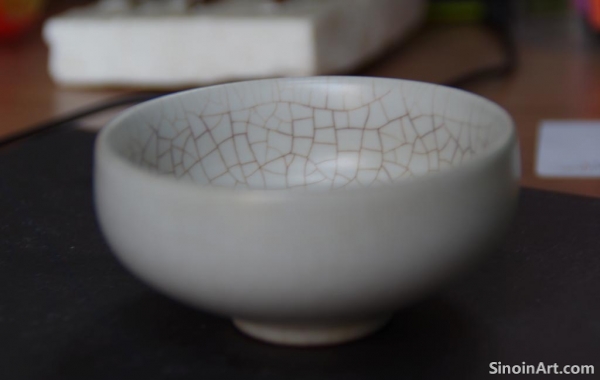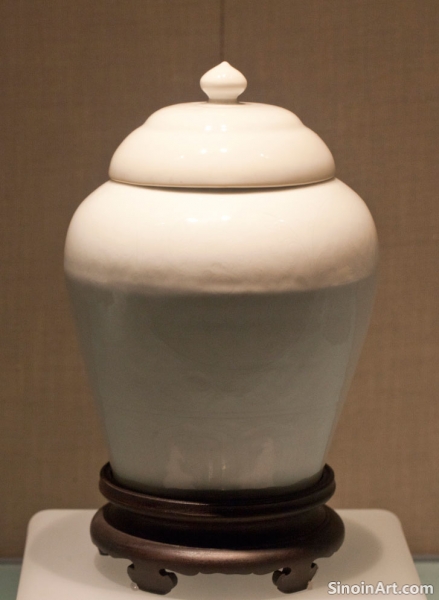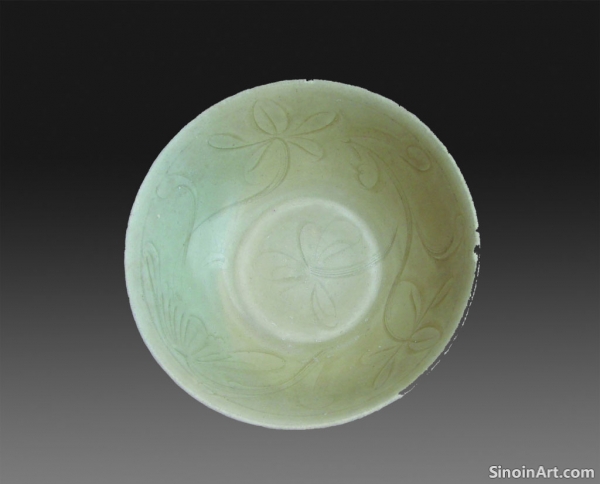The Refinement of Song Ceramics: An Introduction
|
The Song Dynasty (960-1279) is often considered a golden age for Chinese ceramics, marked by a profound refinement in technique, form, and aesthetic sensibilities. Unlike the earlier dynasties with their often bolder and more decorative styles, Song ceramics emphasized subtlety, elegance, and a deep appreciation for the natural beauty of the materials. This period saw the rise of many kilns producing a variety of distinct and exceptional ceramic wares. The Song Dynasty’s ceramic production was notable for its quality and grace.  One of the defining characteristics of Song ceramics is the focus on monochrome glazes. These single-color glazes, often in subtle shades of green, blue, white, and black, highlight the purity of form and the delicate textures of the ceramic body. The potters of this period achieved an astonishing level of technical skill, producing glazes that were incredibly smooth, lustrous, and varied in their subtleties. These glazes were a major focus of the potters’ skill.  The forms of Song ceramics were also notable for their simplicity and elegance. Vases, bowls, dishes, and other objects were often inspired by natural shapes, such as flowers, gourds, and leaves. This emphasis on natural forms is reflective of the prevailing aesthetic ideals of the time. The focus on elegant form is still admired today.  The Song Dynasty saw the development of several distinct ceramic wares, including celadon, Jun ware, Ding ware, and Guan ware. Each of these wares had its own unique characteristics, from the jade-like green glaze of celadon to the rich, opalescent colors of Jun ware. Each ware is an example of artistic and technical excellence. The influence of Song ceramics on later generations of ceramic artists is undeniable. It remains a touchstone for those looking for the highest standards of craftsmanship and aesthetic beauty. The legacy of the Song is still being felt today in many areas of ceramic production. The period represents an important high point in ceramic development. |
Tag : Song Dynasty ceramics, Chinese ceramics, Song pottery, Celadon, Monochrome glazes
Related information
- Decorative Techniques in Song Ceramics
- The Role of Kilns in Song Ceramic Production
- The Dark Beauty of Jian Ware Tea Bowls
- Song Dynasty Ceramics and the Tea Ceremony
- Guan Ware: The Mystery of Imperial Ceramics
Song Dynasty ceramics employed various subtle decorative techniques like carving, incising, molding, and impressing, adding texture and visual interest while allowing the simple forms and glazes to remain the focus.
The technological advancements in kiln construction and firing techniques during the Song Dynasty were crucial to the high quality and wide variety of ceramic wares produced during the period. The use of specific kilns was essential to the production of the unique and desirable pieces that are a hallmark of the Song era.
Jian ware tea bowls, produced in the kilns of Jianyang (modern-day Fujian province), are among the most revered ceramics of the Song Dynasty. Characterized by their dark, often black, glazes, often displaying a unique hare's fur or oil spot effect, Jian ware tea bowls were particularly prized by Zen Buddhist monks and tea connoisseurs for their aesthetic and functional qualities. The dark hues and varied patterning made them ideal for showcasing the light colour of the tea itself.
The Song Dynasty saw the flourishing of tea culture, and ceramics played a central role in the rituals and practices surrounding tea consumption. Specific types of tea bowls, teapots, and other tea wares were developed to enhance the tea-drinking experience. The ritualistic elements of tea consumption made the ceramic pieces important elements of daily life in the Song period.
Guan ware, rare imperial ceramics of the Southern Song, are characterized by thick, crackled glazes in shades of gray, blue, or green, understated forms, and an enduring sense of mystery surrounding their production and kilns.